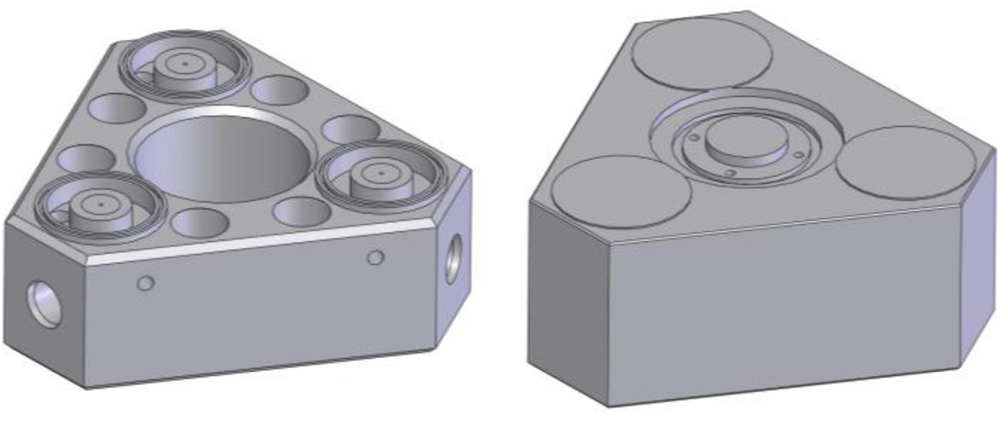
The dynamic stiffness of traditional (deep recess) hydrostatic bearings decreases due to the fluid compressibility between the bearing and a compensation device, e.g., a capillary. Shallow recess bearings, on the other hand, reduce the influence of fluid compressibility on dynamic stiffness through a reduced compressible volume and inherent stiffness. This article outlines a theoretical and experimental study of the dynamic stiffness of oil hydrostatic shallow recess thrust bearings without external compensation devices and in combination with external capillaries. The measurements performed in the study validate the theoretical models and the potential to increase dynamic stiffness. In addition, analytical solutions are proposed for the stiffness and damping of a circular shallow recess thrust bearing.